In times of financial instability, small businesses are usually one of the earliest and hardest hit. There are many issues that can arise from global uncertainty, but amongst the most problematic are disrupted cash flows.
A cash flow crisis can be caused by any number of factors. Disruptions to supply lines, a reluctant customer base or increased expenses.
In the midst of a global emergency such as the Covid-19 crisis, all of these factors can strike at once.
With a cash flow crisis looming for many small businesses, these top tips should help mitigate some of the risks and help manage the cash flow in your business.

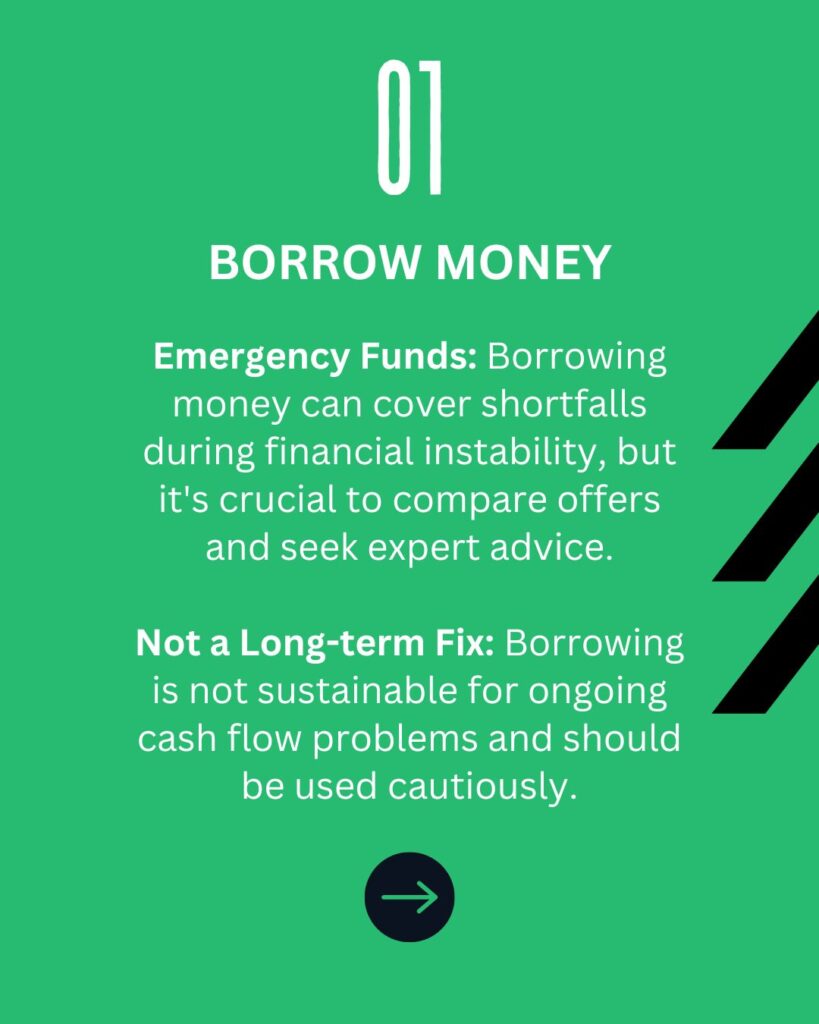
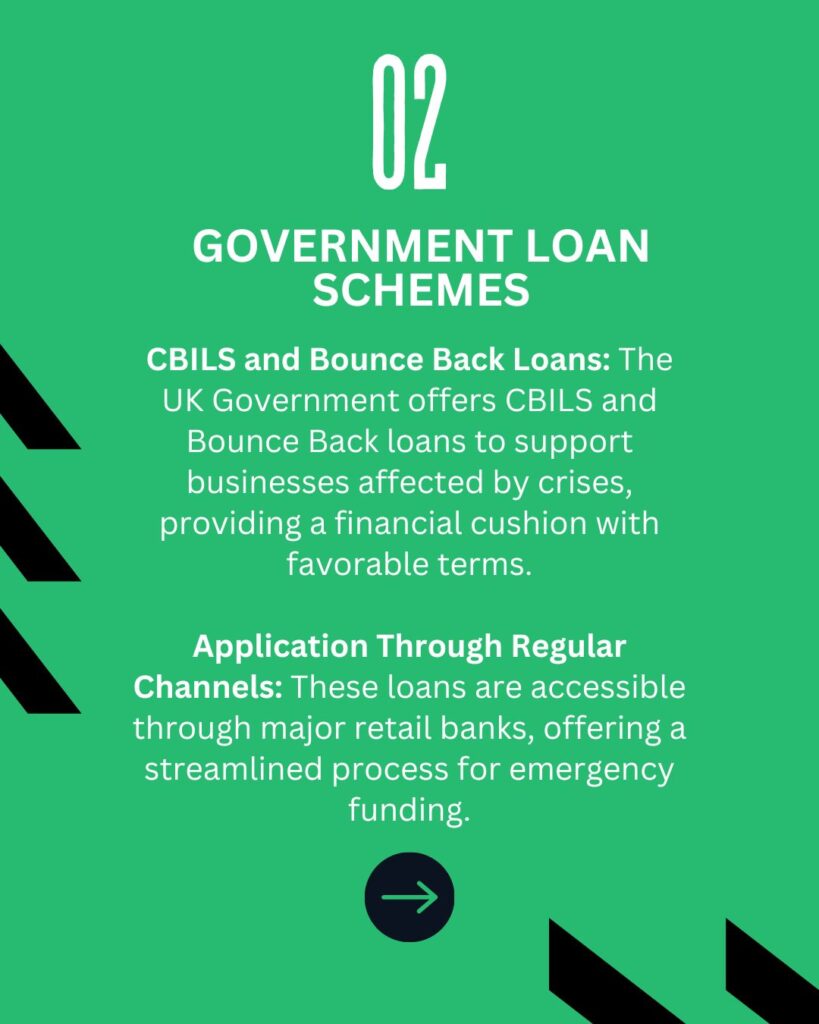

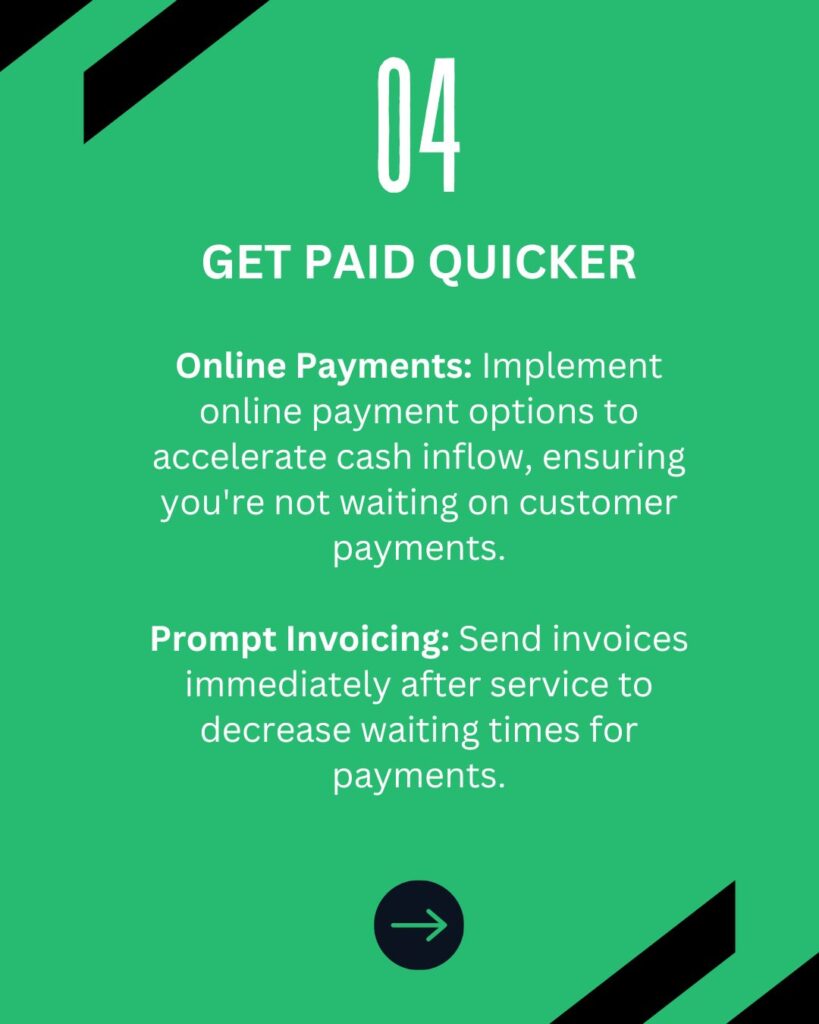
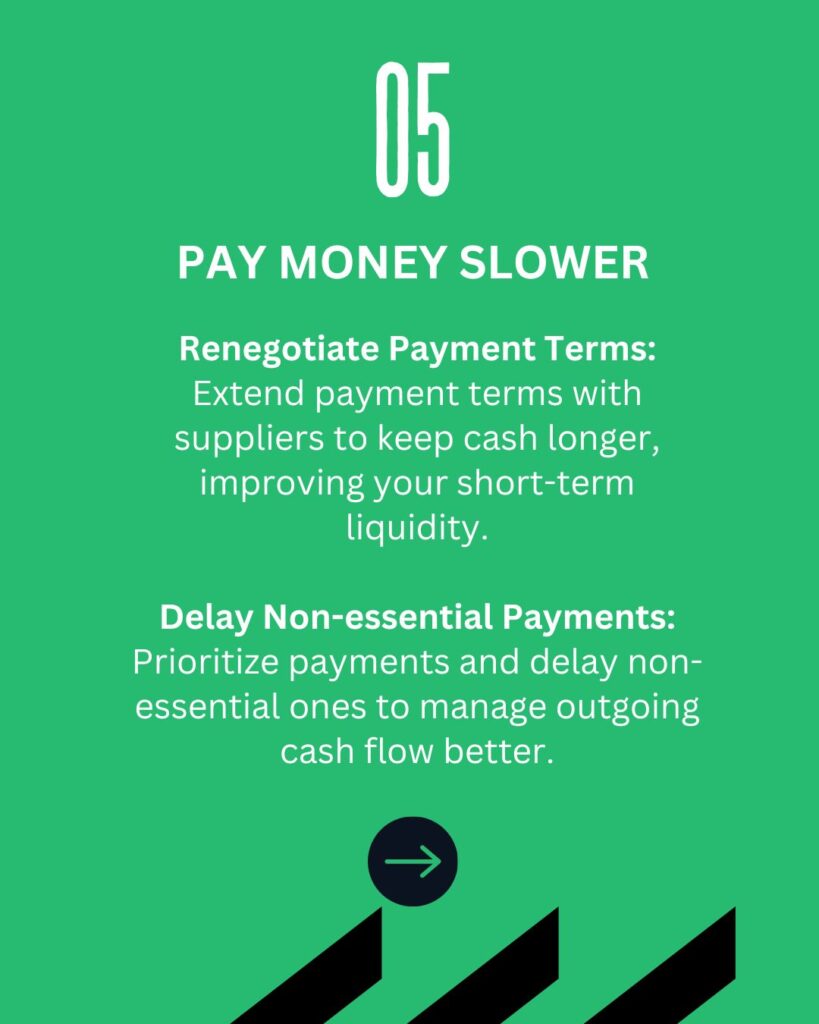

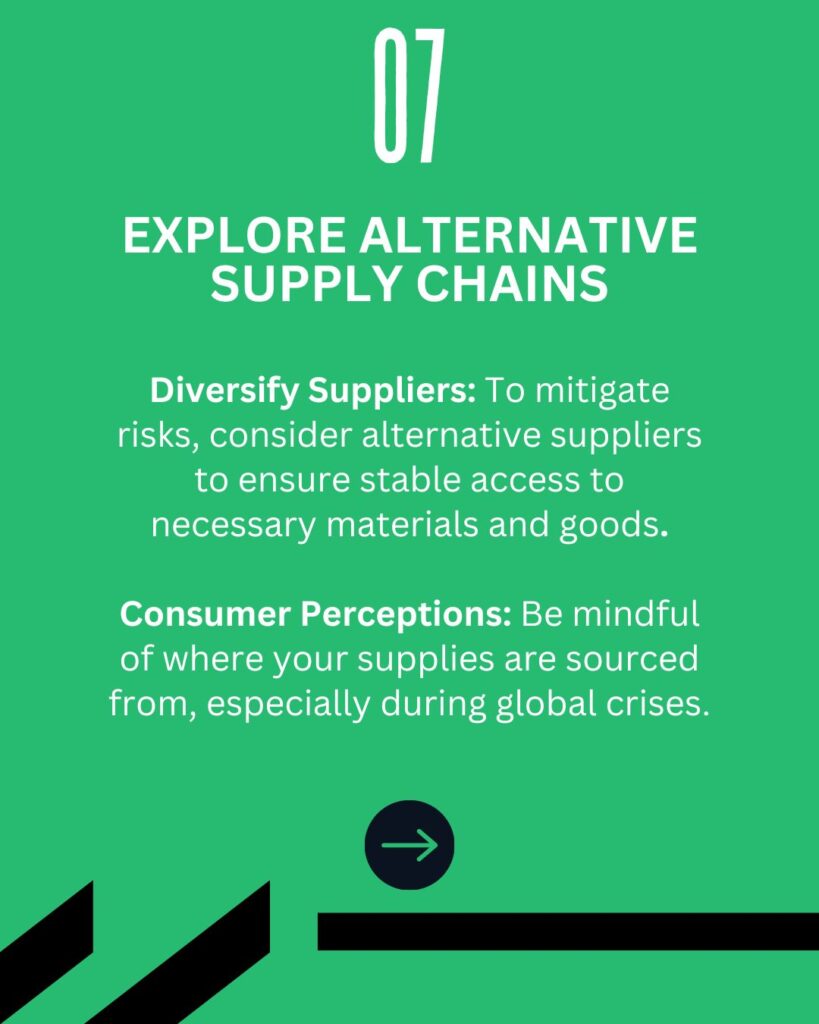

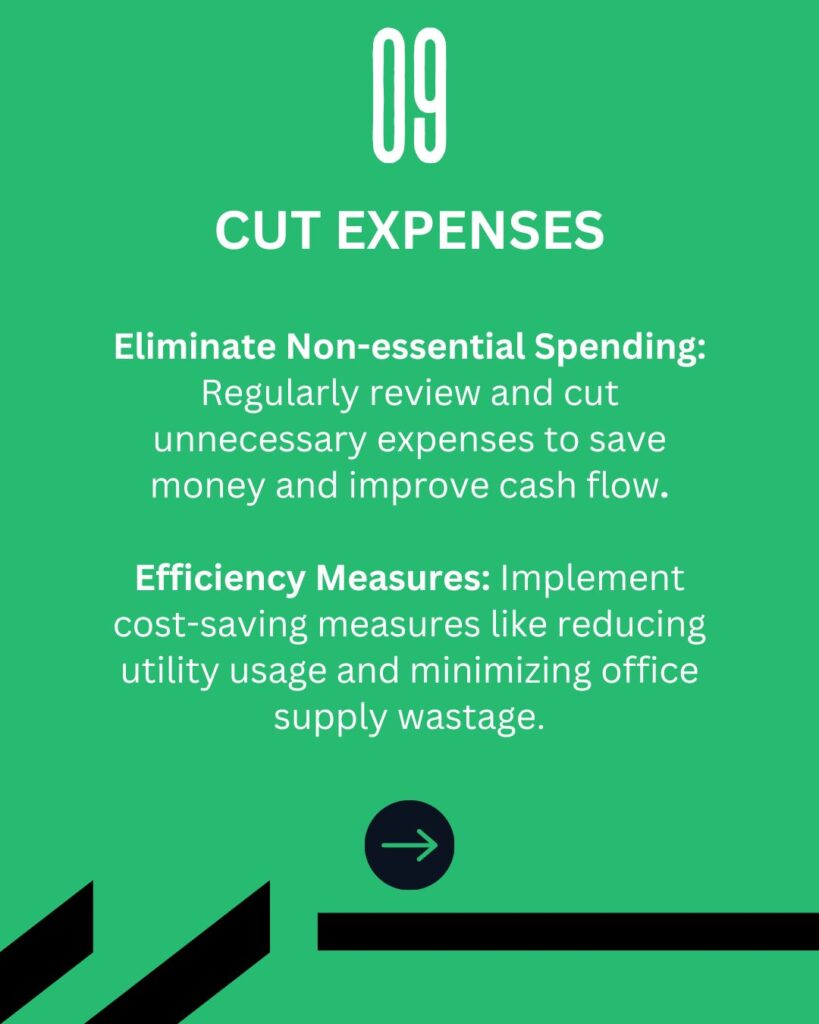
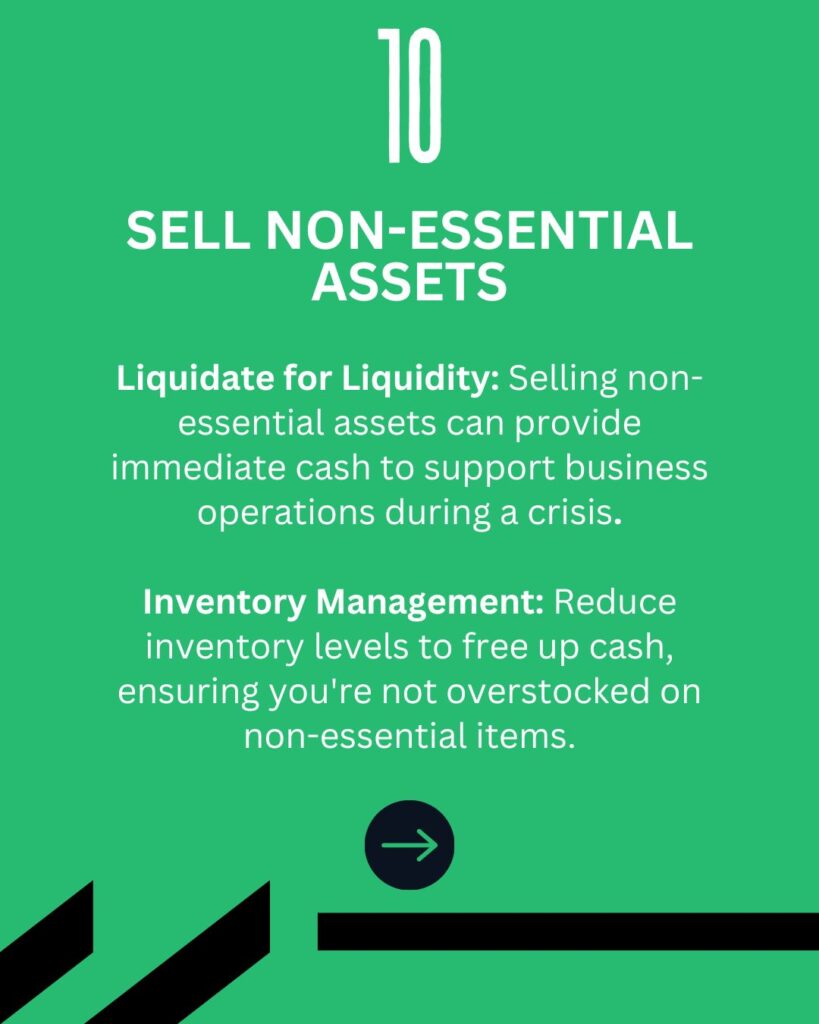


Borrow money
One of the simplest ways to manage problems with cash flow in your business is to borrow money to cover the shortfall.
As long as your business has the required credit, you can borrow emergency funds in the form of a short-term loan from a number of different lenders.
You may need to secure your loan with business assets. Consumers are constantly being warned not to panic buy. Similarly, you as a business should not panic borrow!
Always shop around for the best price and seek expert advice when you need it so you get the best deal you can.
Although borrowing money can be a good way of covering unforeseen emergencies, it is not a sustainable fix if you have a prolonged or systemic cash flow problem.
If your cash flow problem is on-going and not caused by sudden, external changes, borrowing money will only delay an inevitable crisis.
Action Points
During periods of financial instability, small businesses often face cash flow crises due to disruptions in supply chains, hesitant customers, or increased expenses. Amid global emergencies like the COVID-19 crisis, these challenges can intensify. To manage these risks, businesses can consider borrowing money through short-term loans, provided they have the necessary credit. However, while borrowing can address immediate needs, it’s not a long-term solution for sustained cash flow issues. It’s crucial to compare offers, seek expert advice, and explore other strategies to mitigate risks and safeguard business operations.

Apply for a Bounce Back or CBILS Loan
If your business cannot avoid cash flow issues, you may need to obtain a loan to inject some cash into the business.
Although there are several avenues you can try, the UK Government are currently offering 2 loan schemes to struggling businesses – Bounce Back loans and the Coronavirus Business Interruption Loan Scheme (CBILS).
The CBILS was launched by the UK Government to provide financial support to small to medium enterprises who have been negatively affected by the Coronavirus and subsequent lockdown.
The scheme is only open to businesses based in the UK with an annual turnover of up to £45 million.
Under the CBILS, businesses can apply for support loans up to a value of £5 million.
However, to be eligible for support your business must prove that it would be financially viable if it were not for the current circumstances regarding COVID-19 and that it has been negatively affected by the virus and lockdown.
You will also need to prove that your business was not classed as a ‘business in difficulty’ on December 31st 2019.
CBILS loans are currently being offered through the normal lending channels.
You can apply by approaching your usual lending platform, such as the high street banks. Over 50 lenders currently participate in the CBILs, and this includes the main retail banks.
Bounce Back Loans
The Bounce Back loan scheme was recently introduced by the UK Government following criticism of the CBIL Scheme. Businesses have struggled to obtain funding under this scheme for a number of reasons.
One of the main reasons for this has been the information and documentation required, as well as the financial checks, to obtain the loan. Many businesses are being rejected for funding through the CBILS.
In response, the Bounce Back loan scheme has been launched as a simplified and quicker way for businesses to secure emergency funding.
Through the Bounce Back Loan Scheme, businesses can apply for funding between £2,000 and £50,000.
The UK Government will guarantee 100% of the loan and you will not be required to pay any interest, or make any repayments during the first 12 months. Loan terms will be offered at up to 6 years.
Small to medium enterprises who are based in the UK and have been negatively affected by the pandemic are eligible to apply.
Like the CBILS, the Bounce Bank Loans Scheme is being offered through the regular financial lending channels, such as the major retail banks.
Action Points
If your business is facing cash flow issues, consider applying for a loan through the UK Government’s schemes – Bounce Back loans and the Coronavirus Business Interruption Loan Scheme (CBILS). CBILS offers support loans of up to £5 million to UK-based businesses with turnovers up to £45 million, provided they demonstrate viability without COVID-19 impacts. Meanwhile, Bounce Back Loans offer simplified, faster funding between £2,000 and £50,000, with the government guaranteeing 100% of the loan and a 12-month interest-free period. Both schemes are accessible through regular lending channels, including major retail banks, and aim to provide relief to small to medium enterprises affected by the pandemic.
Contact us to find out more
Seek investment capital
Similarly to borrowing money, you can seek investors who are willing to buy equity in your business.
Although this differs from borrowing money in that your business does not take on debt, it does mean that you will be giving up some level of control or ownership of your business – depending on how much capital you raise.
It is important to remember that you are in effect taking on a business partner. It is essential that you find the right partner to invest in your business!
Do not rush into any agreements, do your research on your potential partner and understand that this partnership may be permanent.
Action Plan
Consider seeking investment capital as an alternative to borrowing money, where investors purchase equity in your business. While this avoids accruing debt, it involves relinquishing some control or ownership. Choose investors carefully, as they become long-term partners in your business. Conduct thorough research and ensure alignment of values and goals before committing to any partnership agreements, as they may be permanent.
Get paid quicker
Solving a cash flow crisis does not necessarily mean getting more money into the business.
You can also alleviate cash flow problems just by streamlining the flow of money within the business.
By making processes smoother and more efficient, you can more effectively move money through the business and ensure you have a steady cash flow.
One way to do this is to speed up how money flows into the business.
If you do not already have some form of online payments set up for your customers, you need to provide this functionality as soon as possible.
Not only do most consumers expect online payment as standard nowadays, instead payment can ensure you are not waiting on customers or banks for money you have earned.
You can also start requesting deposits for payments. If you already request deposits, you may also think about increasing the amount.
Charging deposits means you get some instead, ready cash into the business for a product or service – even if it is not the full amount!
Another way to speed up payments is to send your invoices earlier and more frequently than you would otherwise do.
Sending invoices immediately after services rendered decreases the amount of time you spend waiting on payment.
You can also negotiate to send incremental invoices over a period of time, rather than a final invoice upon completion of the service or product.
This will allow you to keep up a smaller, steady stream of funds within the business.
Action Points
To improve cash flow, streamline processes for faster money movement. Offer online payments, request or increase deposits, and send invoices promptly. Negotiate incremental invoicing to maintain a steady cash flow. These strategies ensure a consistent flow of funds and mitigate cash flow challenges.
Pay money slower
Another way to improve your cash flow is to delay money leaving the business.
If you have regular expenses then you may need to think about renegotiating the payment structures you currently have in place.
If, at the moment, you pay for a particular service monthly, you may be able to revise this to a quarterly payment structure.
This can help buy time by letting you keep much needed money within the business until absolutely necessary. Do not pay bills and invoices until they are due.
Paying early may earn you goodwill (and you can use this to negotiate a better payment schedule), but it will not help you in a cash flow crisis.
Contact your utilities providers (such as electricity and internet) and see if you can negotiate a better deal. Remember, most businesses want your business.
If you let them know you are thinking of moving to a competitor, they will usually try to get you a better deal to keep your custom. Try it out!
Action Point
Delaying outgoing payments can help preserve cash flow. Renegotiate payment schedules to pay expenses less frequently, such as switching from monthly to quarterly payments. Avoid paying bills before they’re due, as this drains cash unnecessarily. Negotiate better deals with utility providers by leveraging competition. Holding onto funds longer ensures greater financial flexibility during cash flow challenges.
Ask for a payment holiday
Another way to reduce your monthly outgoings is to ask for a payment holiday from your lenders. This can include any financial institution to whom you currently owe monthly payments, such as your banks.
Some banks are currently offering 3 month holidays on certain loan terms, others are even offering 6 months!
Of course, whether or not you can agree to a payment holiday will depend on your bank and your loan term.
However, many banks and financial lenders are being fairly generous and understanding at the moment so it is certainly worth trying!
You can also try asking for a payment holiday from your landlord. Again, whether or not you can get your landlord to agree to a deferred payment will depend on your landlord and your ability to negotiate.
Like the banks, some landlords are being generous at the moment so it is worth contacting them and seeing if a deal can be reached.
For instance, you may offer to pay monthly instead of quarterly to ease cash flow. Alternatively, you may ask to pay smaller amounts each month and agree to make up the balance when lockdown ends.
It may be a long shot for some, but it is worth everyone trying!
Action Plan
Requesting payment holidays from lenders and landlords can ease financial burdens during tough times. Many banks offer three to six-month breaks on loan repayments while negotiating with landlords for deferred rent payments or adjusted schedules is also helpful. Proposing alternative payment arrangements, like monthly rent installments or partial payments with future settlement plans, may be advantageous. Though results vary, exploring these options can provide much-needed financial relief.

Explore alternative supply chains
Whilst you are trying to renegotiate prices with your suppliers for a better deal, you may also want to think about exploring different supply routes.
To take the Covid-19 crisis as an example; if some of your supplies come from China, you may want to think about finding an alternative source.
Not only do socio-political crises have huge impacts on trade and supply, consumers may also be put off by the idea of their goods coming from an affected region.
Try to make sure your products and resources are brought in via safe, stable and affordable supply chains.
Increase prices
Another obvious way to improve cash flow is to increase the cash. One of the easiest ways to do this is to increase your prices for goods and services.
Naturally, a lot of small businesses are wary of increasing prices for fear of driving away customers.
This is especially true of newer businesses. If you have a reliable and returning customer base, you may be surprised at how many are willing to accept a price increase.
If your customers appreciate your business and what it offers, they will be willing to pay a little bit extra.
You can also make a big deal about lowering your prices again once the problem has subsided! You could also offer a VIP or Gold Service option for your services or products.
By offering a little bit of exclusivity to your services, a small percentage of consumers will be willing to pay a large price for the VIP treatment.
Make sure you do your research into your competitors. Do not price yourself out of the market and keep your business competitive.
Action Point
Exploring alternative supply chains can mitigate risks during crises like Covid-19, ensuring stable access to resources. Increasing prices, albeit cautiously, can boost cash flow, with loyal customers often accepting moderate hikes. Offering premium services at higher rates and promoting eventual price reductions post-crisis can attract select clientele. However, competitive pricing adjustments are essential to maintain market competitiveness.
Cut expenses
A quick, easy win for solving cash flow problems is to cut unnecessary expenses. It is essential that you regularly review your business expenses even in times of calm.
In times of crisis, it is doubly important. There is no business out there that does not have unnecessary expenses. If you can find them and cut them, you can save yourself a lot of money.
Conduct a review of every single penny your business spends. Ask yourself; do I need to spend this money, or do I need to spend this much money?
Cutting expenses doesn’t have to mean ceasing entire initiatives. Saving a small percent in several areas can result in a huge savings.
Cutting down on lighting and heating when not being used, decreasing office supply wastage, limited employee expenses – a small reduction in several key areas can free up vital cash.
Try replacing costly measures with cheaper alternatives For instance, video meetings work just as well as face-to-face meetings without all the added costs like travel and refreshments.
Action Point
Trimming unnecessary expenses is vital during financial challenges. Regularly evaluate all expenditures, identifying and eliminating non-essential costs. Even small reductions across multiple areas can accumulate into substantial savings. Consider cost-effective alternatives, like video meetings instead of in-person gatherings, to further curtail expenses while maintaining productivity. Prioritizing efficient resource allocation is essential for safeguarding cash flow and bolstering financial resilience.
Sell non-essential assets and reduce inventory
Most businesses own assets and most assets are necessary for the day-to-day running of the business. However, there will almost certainly be assets in your business that are non-essential and can raise much-needed funds.
Take a full inventory stock of your business. Include everything the company owns and sort everything into essential and non-essential items.
Take a look at your non-essential list. Some of these assets you will be able to do without completely. In these cases, your best bet is to simply sell them.
You may end up selling for less than you bought the item. Although you want to try and get the best price you can, your goal is to free up cash, not turn a profit.
If your business involves selling large quantities of items, you may need to think about reducing your inventory.
Make sure you factor this into your stock flow management to ensure you do not face a shortage of essential materials and goods. Try and keep as small of an inventory as possible to ensure your cash is not tied up, immobile in your stock.
Action Point
Consider selling non-essential assets to generate much-needed funds during financial challenges. Conduct a thorough inventory of your business assets and distinguish between essential and non-essential items. Items deemed non-essential can be sold to free up cash, even if it means accepting a lower price than their original purchase value. Additionally, evaluate your inventory levels and consider reducing them to prevent excess cash from being tied up in stock. Maintaining a lean inventory ensures liquidity and agility in managing your business finances.

Contact us to find out more
Do a Cash Flow Statement
The best way to manage your money is to keep track of it and know exactly where it is at all times.
It is essential that you know exactly how much money is being brought into the business each month and, more importantly, where it is all going.
The most efficient way to do this is to create a cash flow statement. By listing out every expense your business has, you will find it far easier to manage your money.
Cash flow statements allow you to better identify where the majority of your money is going and the best areas of the business to make savings.
You may find that you are spending more than you thought in areas of the business you hadn’t considered, or in areas that could afford to be underfunded for a few months.
Cash flow statements allow you to plan your budget, identify when you may need additional capital in the business and keep track of exactly how much money the business has.
By properly using a cash flow statement, you will be able to keep cash flow shortages to a minimum.
Action Plan
Craft a cash flow statement to monitor your business finances closely. This tool helps track cash inflows and outflows, providing valuable insights into spending patterns. By detailing expenses, you can identify areas to cut costs and prioritize expenditures. Use the statement to plan budgets, forecast capital needs, and maintain financial clarity. With diligent oversight, you can mitigate cash flow gaps and optimize resource management.
Download our cash flow statement template for free below:
How to use the cash flow template
By clicking the link below, you can download our template for a cash flow statement. With a few adjustments, this template can be adapted to be used by almost any business.
The template is currently filled in with example information to illustrate what a finished forecast may look like. Please feel free to delete these numbers and replace them with your business’s own figures.
To calculate your business’s incoming cash, please fill in the ‘CASH INFLOWS’ section with your gross turnover (including VAT), your standing debtors and the value of any furlough receipts you may have received from HMRC. Cells labelled ‘other’ have been left blank for you to include any other revenue streams.
To calculate your business’s outgoing cash, please fill in the ‘CASH OUTFLOWS’ section with your standing creditors and the various expenses currently listed. Again, cells labelled ‘other’ have been included for you to add any additional expenses you may have.
The forecast spreadsheet will then show you the net movement of your business’s in-comings and outgoings. By also entering in your starting bank balance, the forecast then shows your business’s cash balance at the end of each month for the next year.
Action Point
- Download the template.
- Replace example numbers with your business’s figures.
- Enter cash inflows and outflows.
- Review net movement.
- Input starting bank balance.
- Determine cash balance for each month.
Managing Cash Flow: Conclusion
As the effects of the Coronavirus crisis are felt throughout the world’s economy, businesses across the globe will feel the pinch. Cash flow will become problematic for all manner and size of business, so it is essential to be prepared.
Making small savings in several areas can result in a huge saving across the business.
Additionally, planning your cash flow with a cash flow template can help you identify and avoid problems before they happen.
If you are experiencing unavoidable cash flow issues, you may benefit from applying for one of the Government-backed support schemes.
Using these tips, you can try to save as much money as possible while ensuring the smooth operation of your company.
Click here to read our articles.
Join the Samera Alliance Buying Group
The Samera Alliance is our growing network of dentists, practices and leading industry suppliers, designed to help you save money, grow your profits and build a better dental business.
Join today for free to be a part of our dental buying group, which gives you access to exclusive discounts and offers on the consumables, equipment and products you need to run a successful dental business.
You’ll also get better rates and terms for a wide range of services like HR, IT, utilities, insurance, legal services and much more!
Business Loans for Dentists
We’ve been helping to fund the future of the UK’s dentists for 20 years and our team are made up of former bankers with decades of experience and contacts in the UK’s healthcare lending sector.
You can find out more about working with Samera Finance and the financial services we offer by booking a free consultation with one of the Samera team at a time that suits you (including evenings) or by reading more about our financial services at the links below.
Dental Practice Finance: Further Information
For more information on raising finance for your dental practice, including more articles, videos and webinars check out our Learning Centre here, full of articles an webinars like our How to Guide on Financing a Dental Practice.
Make sure you never miss any of our articles, webinars, videos or events by following us on Facebook, LinkedIn, YouTube and Instagram.



